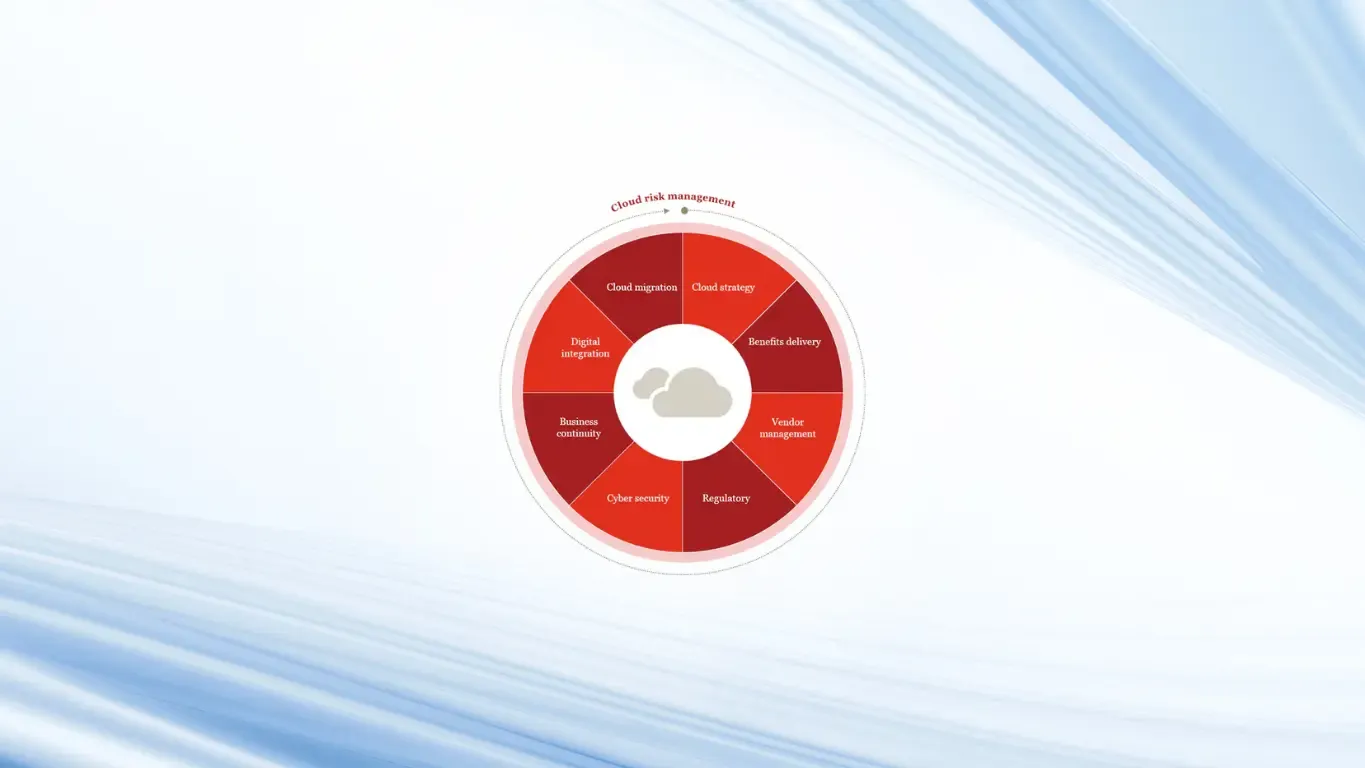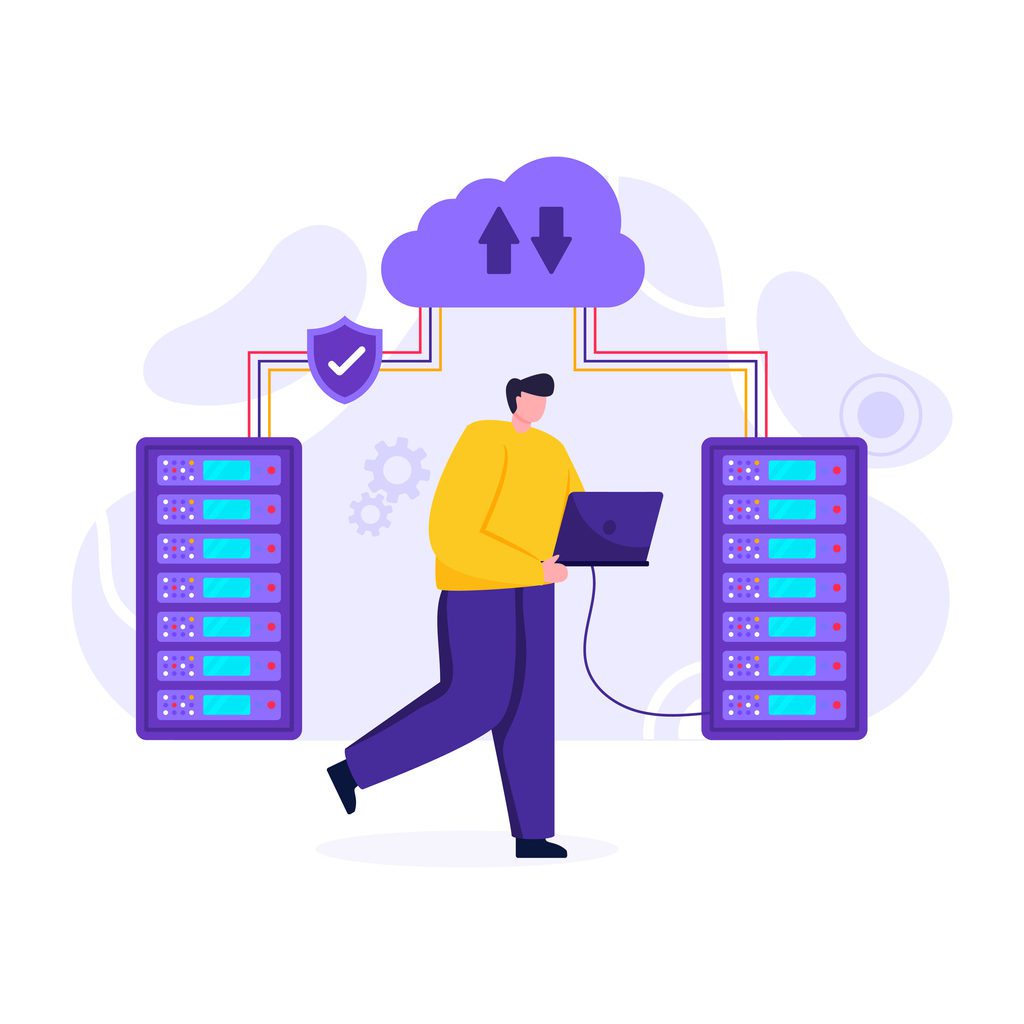Business Continuity Risks in Cloud Migrations
Theres no question that cybersecurity is a hot topic these days especially when it comes to cloud migrations Every organization is looking to move ...

There’s no question that cybersecurity is a hot topic these days, especially when it comes to cloud migrations. Every organization is looking to move some or all of its infrastructure to the cloud with good reason. The cloud offers unprecedented levels of flexibility, scalability, and cost-efficiency. However, some genuine security concerns come along with moving to the cloud. After all, you’re entrusting your data to a third-party provider, which means you need to be confident that they can protect it against attacks. Fortunately, there are some steps you can take to bolster your cybersecurity posture during a cloud migration. In this article, we’ll explore some of the most important ones.
Security of Data in Transit
One of the most important aspects to consider when migrating data to the cloud is security. It is important to consider both the physical and logical security of the data in transit to keep data safe. Physical security refers to protecting the hardware and media that store the data. Physical safety includes ensuring that only authorized personnel has access to the data center and that the data center is physically secure from intrusion or attack.
Logical security refers to protecting the data itself, whether in transit or at rest. It includes ensuring that only authorized users have access to the data and that it is encrypted to protect it from unauthorized access.
- Transport Layer Security (TLS) - TLS is a protocol that uses encryption to secure data in transit. Use TLS with both HTTP and SMTP and is often used in conjunction with SSL/TLS certificates.
- Secure Sockets Layer (SSL) - SSL is a protocol that uses encryption to secure data in transit. SSL can be used with both HTTP and SMTP and is often used in conjunction with TLS/SSL certificates.
- Secure Shell (SSH) - SSH is a protocol that uses encryption to secure data in transit. You can use SSH to secure traffic, including Telnet, FTP, and email.
- Virtual Private Network (VPN) - A VPN is a private network that uses a public network to connect to remote sites or users. VPNs use encryption to secure data in transit.
Regulatory Compliance & Reputable Cloud Provider
Use a reputable cloud provider with a good track record of security and data protection. When migrating data to the cloud, it is important to consider regulatory compliance. There may be different compliance requirements that need to be met depending on the industry and the data they store Some of the most common compliance requirements include:
- HIPAA - The Health Insurance Portability and Accountability Act of 1996 (HIPAA) is a federal law that requires covered entities to protect the confidentiality, integrity, and availability of protected health information (PHI).
- PCI DSS - Payment Card Industry Data Security Standard (PCI DSS) is a set of security standards that your business needs to meet to process, store, or transmit credit card information.
- Sarbanes-Oxley (SOX) - The Sarbanes-Oxley Act of 2002 (SOX) is a federal law that establishes standards for public companies. During migration, you must be sure to also move archives and assure immutability of data to remain SOX compliant.
Several other compliance requirements may need to be considered when migrating data to the cloud, depending on the industry and type of data. It is essential to consult with a qualified attorney or compliance specialist.
Evaluation of Risks During Cloud Migrations
When migrating data to the cloud, it is crucial to evaluate the risks associated with the migration. Evaluation of risks includes assessing the likelihood and impact of potential security threats. Another risk of data loss is a risk that occurs when data is lost during the migration process. It can happen for various reasons, including human error, hardware failure, and software problems.
Some of the most common business continuity risks associated with cloud migration include:
- Data loss - This risk includes data loss during the migration process.
- Data leakage - It is a risk when data is accessed by unauthorized personnel.
- Corruption - This risk occurs when data corrupt during the migration process.
There are many ways to reduce the risks associated with cloud migration, including:
- Use encryption - Encryption can help to protect data from unauthorized access.
- Using data backup - Data backup can help to protect data from loss.
- Ensure data security - Data security can help to protect data from corruption.
Establish a Detailed Cloud Migrations Scope and Schedule
Establishing a detailed migration plan and schedule can help to ensure that the migration process is smooth and efficient. The scope should be led with a thorough discovery to assure that everything is accounted for prior to the move. The schedule should to minimize downtime and disruptions. It should also allow for adequate testing of the new system before it goes live.
Data Classification and Segregation
Classify your data according to its sensitivity and then determine how best to segregate that data in the cloud. Data should be physically and logically segregated to limit access and minimize the impact of a security breach. The process of migrating data to the cloud typically involves four main phases:
What Are the Phases of Cloud Migrations
Pre-Migration Planning
Before you begin your cloud migration journey, it’s important to establish clear objectives and create a plan of action. This will help ensure a smooth transition and minimize disruptions to your business. During this phase, you should:
- Define your goals and objectives for migrating to the cloud.
- Assess your current IT infrastructure and identify which workloads fit the cloud
- Develop a cloud adoption strategy that outlines how you will move your workloads to the cloud.
- Create a budget and timeline for your migration.
Migration Strategy
 Now that you have a clear plan in place, it’s time to migrate your workloads to the cloud. But first, you need to decide which migration strategy is right for you. There are three common strategies for migrating to the cloud:
Now that you have a clear plan in place, it’s time to migrate your workloads to the cloud. But first, you need to decide which migration strategy is right for you. There are three common strategies for migrating to the cloud:
- Lift and shift - This involves replicating your existing on-premises infrastructure and applications to the cloud without making any changes.
- Re-platforming - This approach involves making some changes to your applications to improve their compatibility with the cloud but generally keeping the same functionality.
- Re-factoring - This is a more radical approach that involves rewriting your applications specifically for the cloud.
Execution and Testing
Once you’ve chosen your migration strategy, it’s time to start moving your workloads to the cloud. This can be a complex and time-consuming process, so it’s important to have a clear plan before you begin. During this phase, you should:
- Migrate your workloads to the cloud.
- Test your applications and infrastructure in the new environment.
- Monitor your applications and infrastructure for performance issues.
Post-Migration Optimization
Optimizing your environment for performance and cost. It may involve making changes to your applications or infrastructure and adjusting your cloud usage strategy. During this phase, you should:
- Evaluate the performance of your applications and infrastructure in the cloud.
- Identify opportunities for cost optimization.
- Adjust your cloud usage strategy as needed.
Key Takeaways
- Before a migration, an organization should take steps to secure its network and data. This includes ensuring that all data is backed up and encrypted and that strong authentication measures are in place.
- During a migration, it is important to monitor the process closely and ensure that only authorized personnel has access to the data. Report and investigate any suspicious activity.
- After migration, it is critical to review the security of the new system and address any vulnerabilities. All users should receive training on using the new system safely and securely.
Learn More About Business Continuity Risks in Cloud Migrations
Migrating to the cloud can be complex and time-consuming, but it’s worth it. Carefully planning and executing the action, you can ensure a smooth transition and avoid disruptions to your business. And once you’re up and running in the cloud, you’ll be able to take advantage of all the benefits it offers.
Agile IT has securely moved thousand of organizations to the cloud, and are a Gold Microsoft Security partner. To learn more about our process for secure cloud migrations schedule a free consultation.





